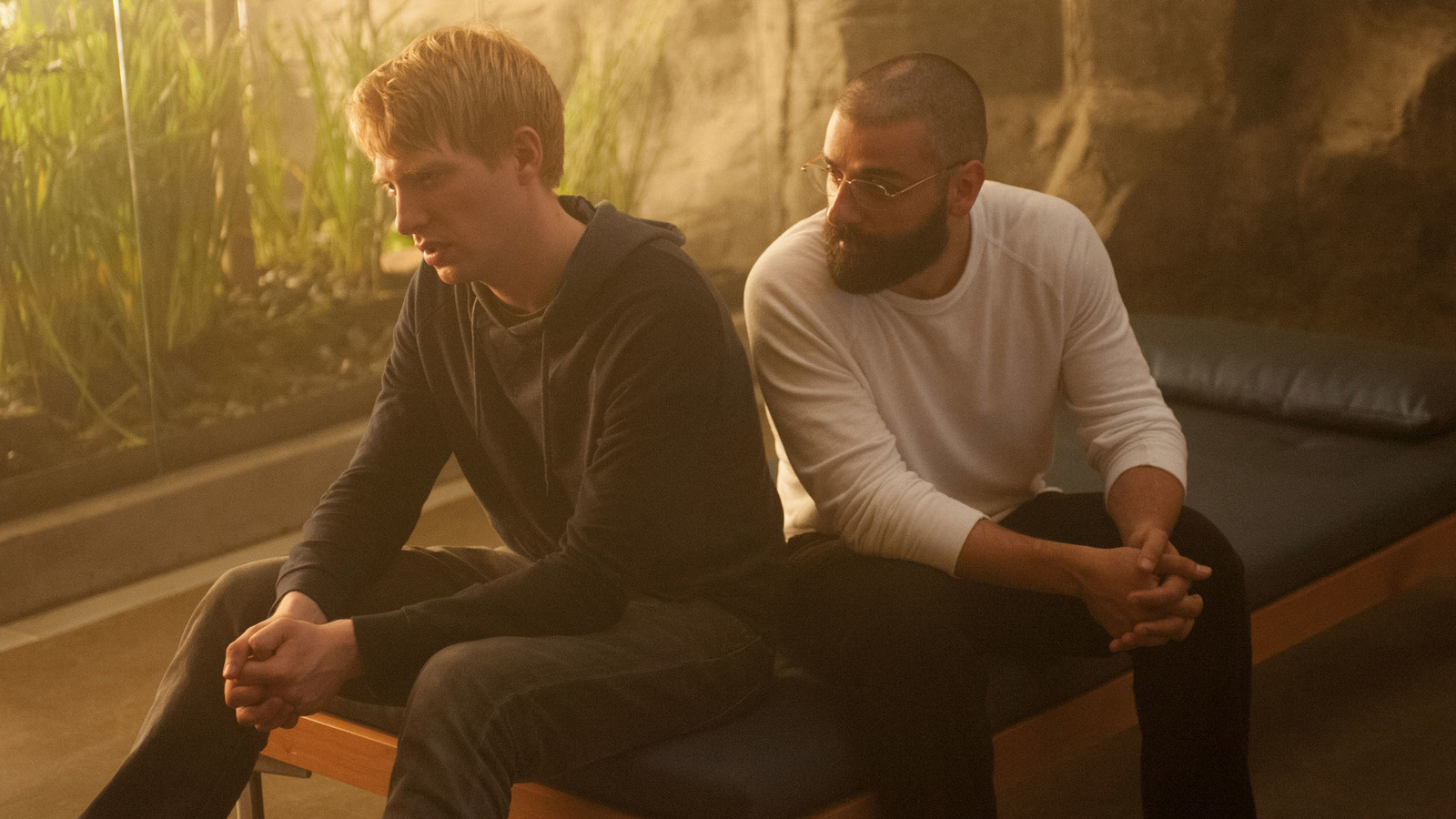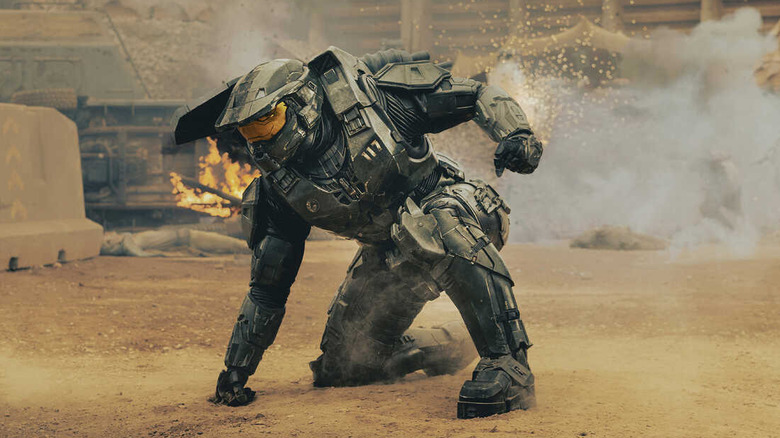“Super Mario Bros. Movie,” or “A Minecraft Movie,” or an “Assassin’s Creed” movie, there was “Halo: The Movie.” Or at least, there was supposed to be. As the Xbox’s premiere video game franchise and one of the 2000s’ most revolutionary first-person shooters thanks to its evolved take on shooting combat, rich lore, and expressive world design, “Halo: Combat Evolved” was an immediate smash. The game featured tons of cinematic gameplay, with awe-inspiring vistas and a unique take on the classic “space marines versus aliens” genre, and it became an obvious candidate to bring to Hollywood.
At this point, video game adaptations were mostly a joke. They were seen as mostly low-budget schlock that barely resembled their source material. With “Halo,” Microsoft hoped to change that, and their first step was to bring Alex Garland, who would later go on to direct projects such as 2014’s “Ex Machina.” At that point, he was most famous for writing Danny Boyle’s modern horror classic “28 Days Later,” and he was tasked to write the “Halo” script for a whopping seven-figure payday. But the world of film development is never a straight line, and with the stakes so high, the pressure was on.



